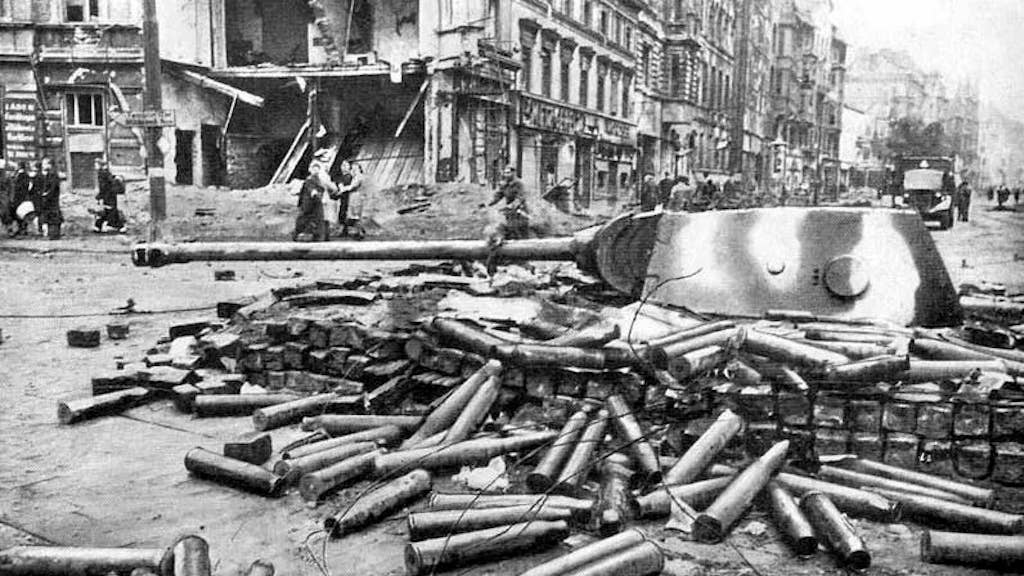Burying tanks was surprisingly effective during World War II

SUMMARY
What's the stupidest idea you can think of a tank crewman giving you? If you said, "Hey, sergeant, what if we buried the tank up to it's turret?" then, congrats, you're like me. Also, you and I are apparently dumb, because World War II combatants did exactly that. And it worked.
Yeah, this was apparently a thing. Countries cranked out tank designs and tanks in the closing years of World War I. Then, the Allies took possession of a lot of Central Power weapons, especially Germany's. These tanks eventually wore down, were scrapped and turned into new tanks, and then became obsolete.
Tanks became obsolete fast in the interwar years. Design was moving faster than procurement.
So in the late 1930s, former and future Allied powers found themselves with a lot of good guns on otherwise obsolete tanks. And so at least four countries - Britain, Belgium, France, and the Soviet Union - began burying tanks to create stationary defenses.
How to bury your tank
It might be easiest to dig a hole, drive into it, and start burying. But officers opted to strip out unnecessary materials from retired tanks. Most importantly, engines, treads, and sometimes wheels were removed.
So crews were left with a chamber and a turret, surrounded by either concrete or dirt. Since they could no longer scoot out of an artillery barrage, they would camouflage their turret as best as possible.
Eventually, officers switched from burying tanks to moving just the turret to a concrete or brick bunker. In 1943, Germany changed the game by taking some turrets straight from the factory to turn bunker positions. Modern, newly built turrets were given thicker armor and used instead of obsolete ones. This resulted in the Panthertrum position.
Buried tanks performed well, but weren't game changers
These static defenses were surprisingly popular, but they came with the shortcomings you might expect. In an age of fast-paced maneuver warfare, a stationary turret was vulnerable to being hit with artillery, cutoff or encircled. They were especially vulnerable to flanking.
These tanks were used on the Stalin and Molotov Lines, on Belgium's Coast, France's Maginot Line, and in the British-held Egypt. Germany later used turret bunkers on the Atlantic Wall and around Berlin.
It was a surprisingly cost-effective way to upgrade a defensive line. Some of the turrets even survived the war and, thanks to the protection from stationary dirt, are some of the better-preserved turrets from the war.

SHARE
